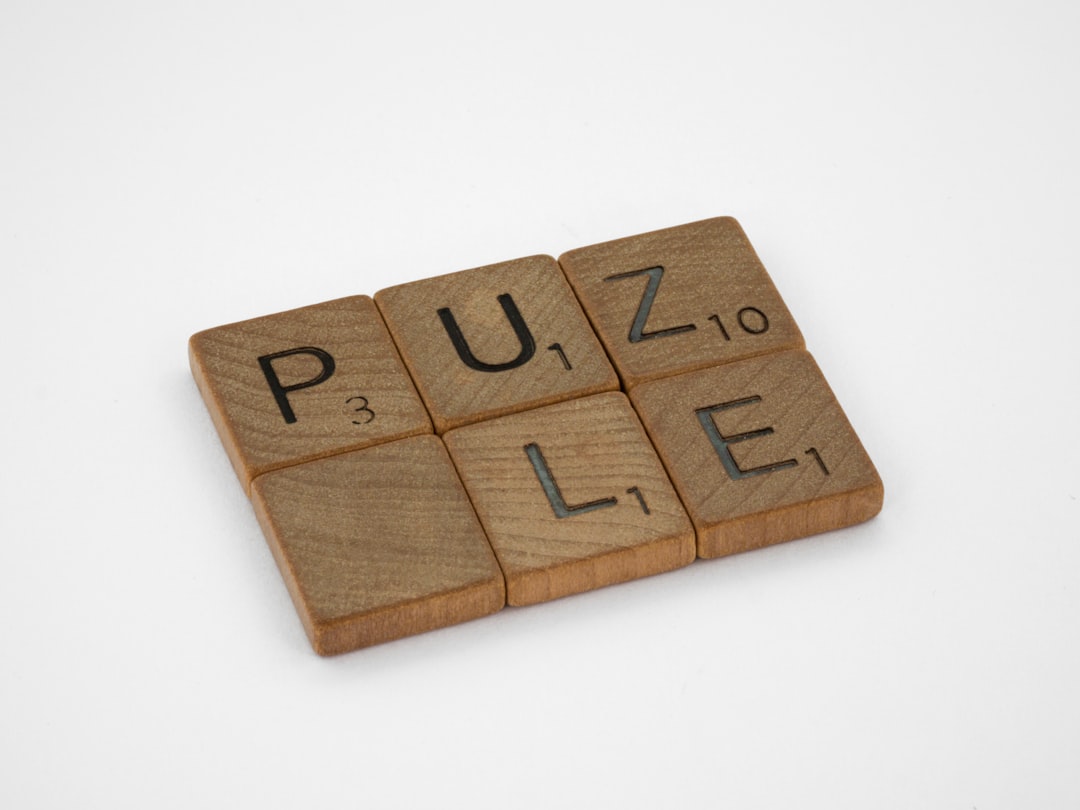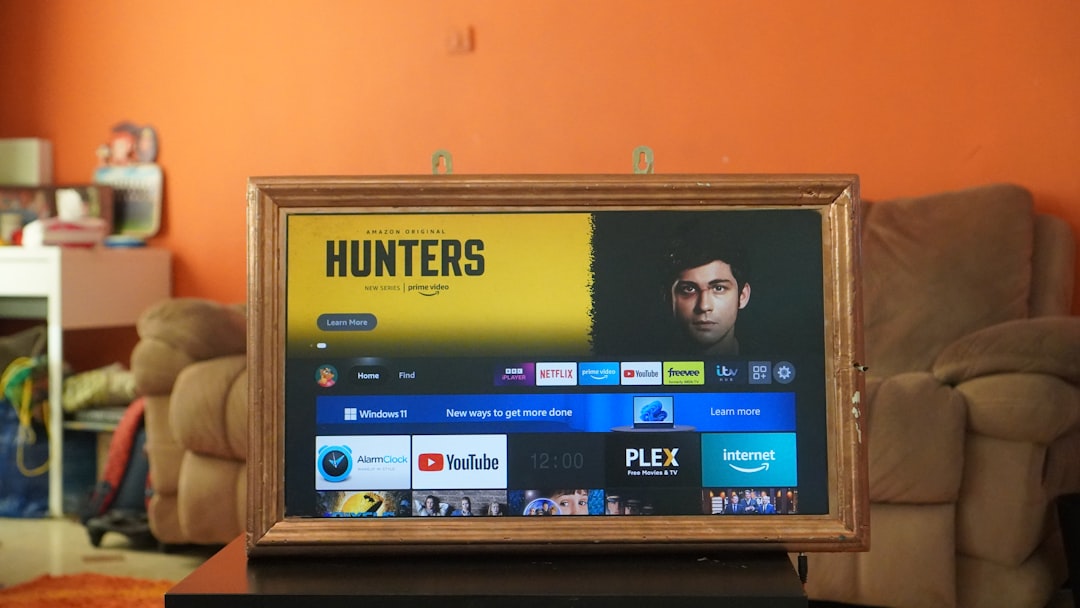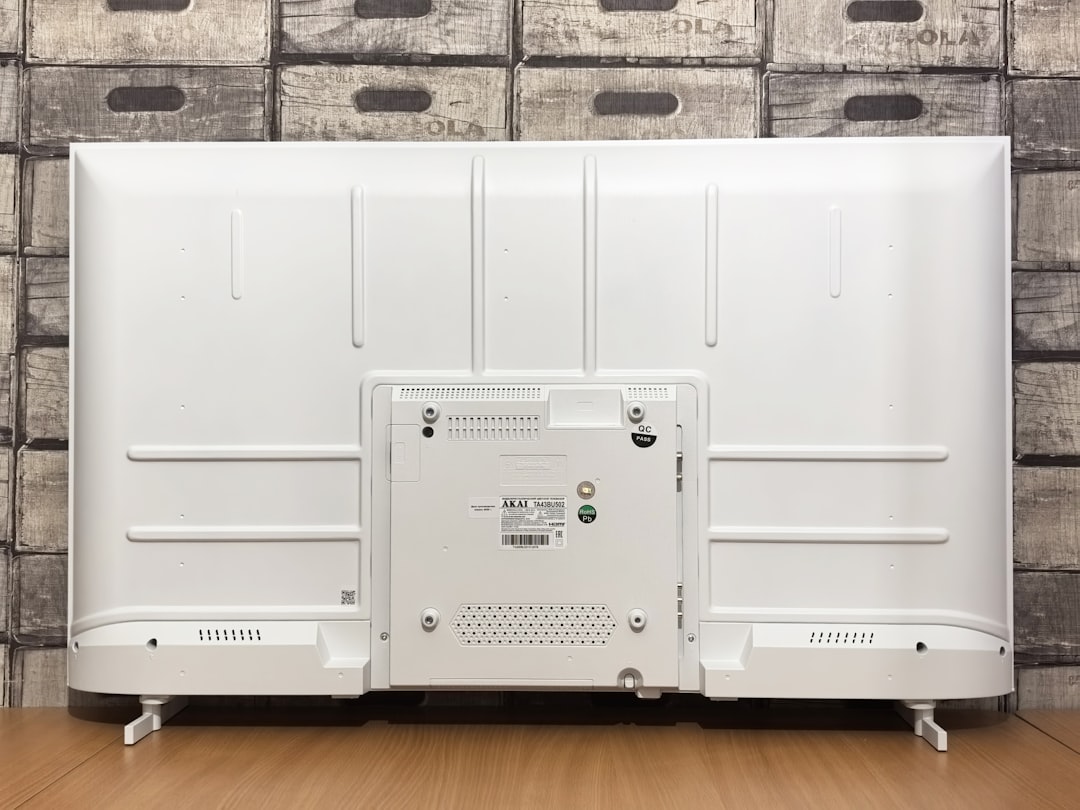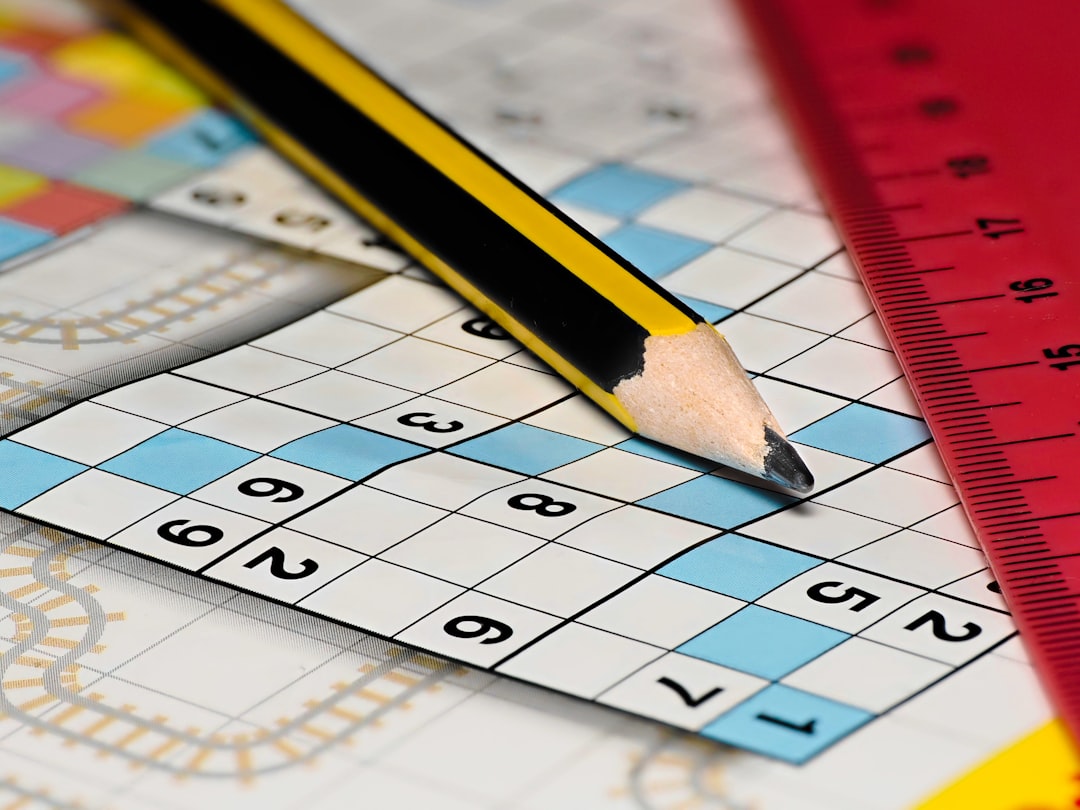**In an era where brain teasers and puzzles are cherished tools for intellectual stimulation and leisure, NYT’s Connections has emerged as a popular favorite.** This engaging puzzle format, beloved by enthusiasts of word games and logic challenges, offers a new puzzle every day. The task is to group a series of words based on a common theme or connection, effectively marrying the allure of trivia with the rigor of logical analysis.
### A Fresh Puzzle Every Day
On June 2, 2025, players were greeted with a new challenge that required keen observation and a sharp understanding of subtleties in language. Each Connections puzzle is designed to test one’s ability to identify underlying patterns among seemingly unrelated terms. Participants faced a grid where the objective was to deduce the essential links that bind four sets of four words into categorically distinct groups.
### The Challenge Unveiled
The appeal of the Connections puzzle lies in its simplicity cloaked in complexity. Each set of words might appear unrelated at first glance. The true challenge is aligning these words into thematic categories – often requiring not just knowledge but lateral thinking and creativity. The solution to June 2, 2025’s puzzle involved decoding subtle semantic or cultural connections, which might include grouping words related through veiled historical contexts, shared linguistic roots, or perhaps even nuanced pop culture references.
### Solving Strategy: Building Connections
To solve a Connections puzzle efficiently, one must employ a strategic approach:
1. **Identifying Outliers**: Start with words that seem distinct, as they can often clarify the more elusive connections.
2. **Theme Recognition**: Once an outlier is identified, assess the remaining words to identify thematic links — whether it be class, function, or even phonetic similarities.
3. **Iterative Alignment**: Approach the puzzle through trial and error, testing different combinations and refining groupings based on feedback from failed attempts.
The June 2 puzzle, for instance, might have required amalgamating knowledge from diverse subject areas such as science, mythology, or everyday objects. It’s this ability to navigate across a spectrum of general knowledge that distinguishes successful solvers.
### How Connections Challenges the Mind
Connections goes beyond a mere pastime; it enhances cognitive capabilities. By enforcing pattern recognition and problem-solving skills, it helps to boost brain functions and keep minds agile. Engaging regularly with such puzzles is proven to improve memory, concentration, and increase processing speeds over time.
### Conclusions from June 2, 2025
As participants sift through possible solutions to the NYT Connections puzzle, they are not merely solving but also undergoing a journey of discovery. It’s a quest that sharpens the intellect and cultivates a deeper appreciation for language and logic. The solution for June 2 not only provided satisfaction for puzzle enthusiasts but also offered insight into the intricate dance of connections that underlies our understanding of the world.
Playing the Connections puzzle might seem like a mundane daily activity, but it stands as a testament to the human capacity for ingenuity. As each day presents a new challenge, players not only refine their puzzle-solving skills but also indulge their intellectual curiosity. By challenging the mind in this way, Connections can offer lasting benefits, transforming daily moments into exercises of creativity and knowledge expansion.
Smart Life
NYT Connections














Leave a Reply